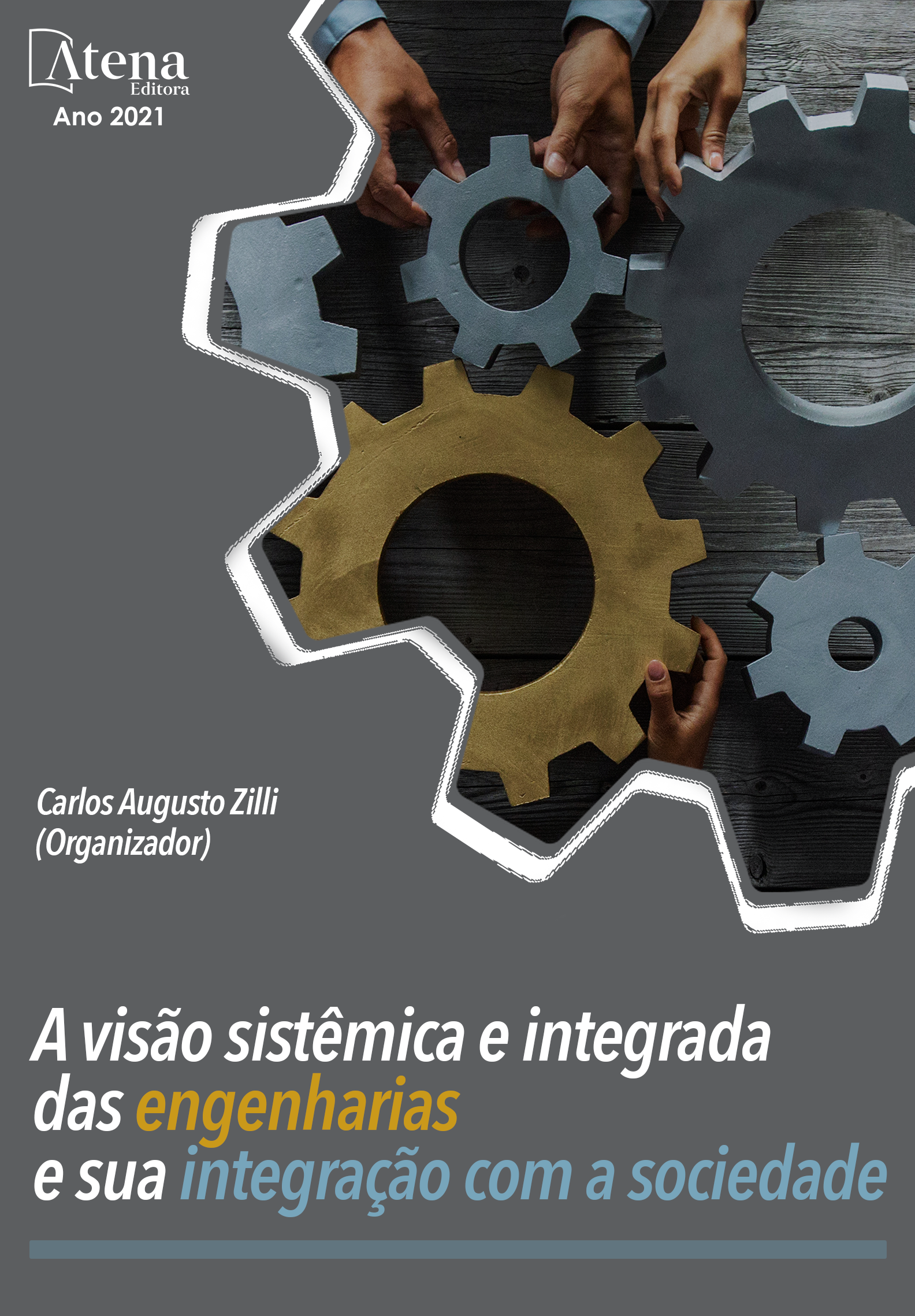
METODOLOGIA DE COMPOSIÇÃO DE CUSTO PARA ENCARGOS COMPLEMENTARES: EQUIPAMENTOS DE PROTEÇÃO INDIVIDUAL
O presente artigo teve como intuito propor uma metodologia de composição de custo, voltada aos encargos complementares de forma a contribuir para o aumento de competitividade de uma empresa construção pesada. Para tal utilizou-se princípios da engenharia de custo aliado a preceitos estatísticos e visão crítica de segurança do trabalho. A partir do estudo de caso, foi possível demonstrar como uma divergência na estimativa de consumação do insumo EPI pode influenciar no resultado econômico da obra. Neste caso em questão a divergência do custo mensal com EPI chegou a uma defasagem de 55% no estrato amostrado, o que resultou em uma defasagem acumulada de 87% projetada até o final da obra. Entretanto com adoção da solução proposta pode-se obter uma redução nesta defasagem de 66% se aplicada as futuras aquisições do insumo.
METODOLOGIA DE COMPOSIÇÃO DE CUSTO PARA ENCARGOS COMPLEMENTARES: EQUIPAMENTOS DE PROTEÇÃO INDIVIDUAL
-
DOI: 10.22533/at.ed.04421250813
-
Palavras-chave: Engenharia de Custo. Orçamento de obra. Encargos Complementares. Equipamentos de Proteção Individual-(EPI).
-
Keywords: Cost Engineering. Construction work. Complementary Charges. Personal Protection Equipment (PPE).
-
Abstract:
The purpose of this article was to propose a methodology of cost composition, focused on the additional costs in order to contribute to the increase of competitiveness of a heavy construction company. For this purpose we used the principles of cost engineering allied to statistical precepts and critical vision of work safety. From the case study, it was possible to demonstrate how a divergence in the consumption estimate of the PPE input can influence the economic result of the work. In this case the divergence of the monthly cost with PPE reached a 55% lag in the sampled stratum, which resulted in a cumulative lag of 87% projected until the final work. However, with the adoption of the proposed solution, a reduction in this gap of 66% can be obtained if future acquisitions of the input are applied.
-
Número de páginas: 22
- Regina Maria Germânio
- Guilherme Martins Pereira


